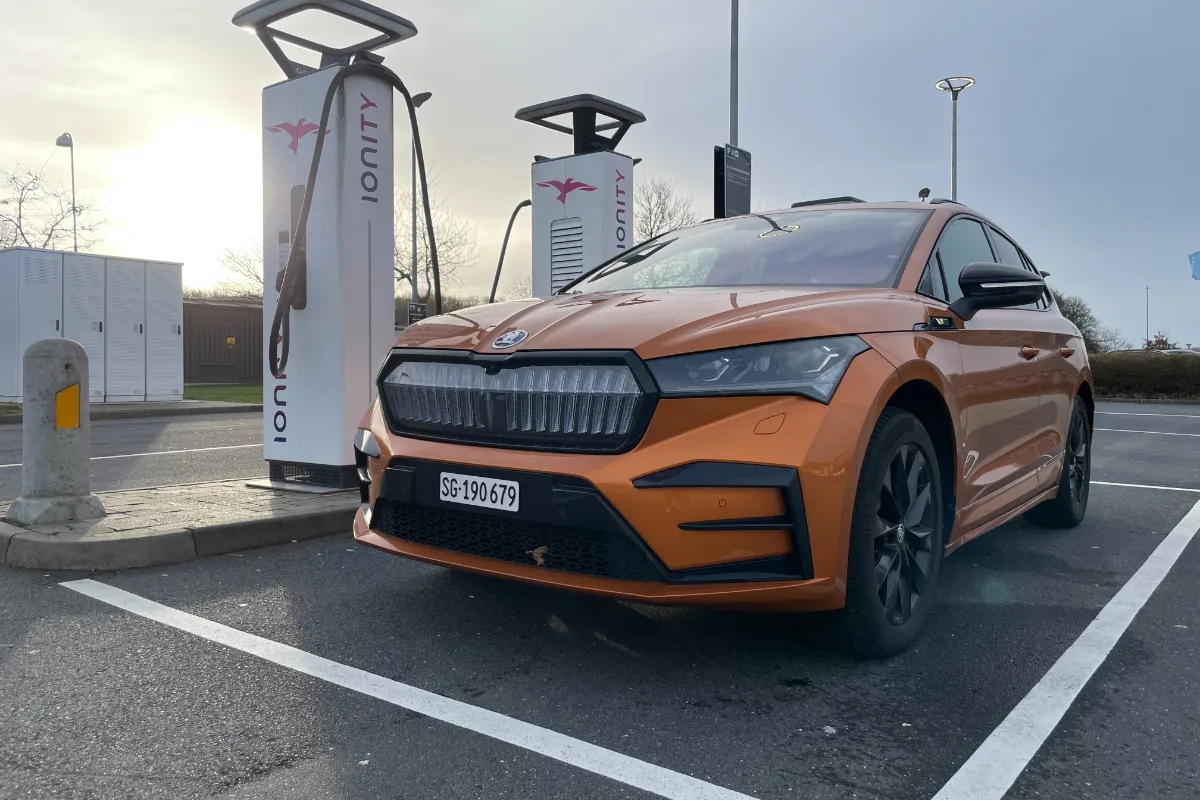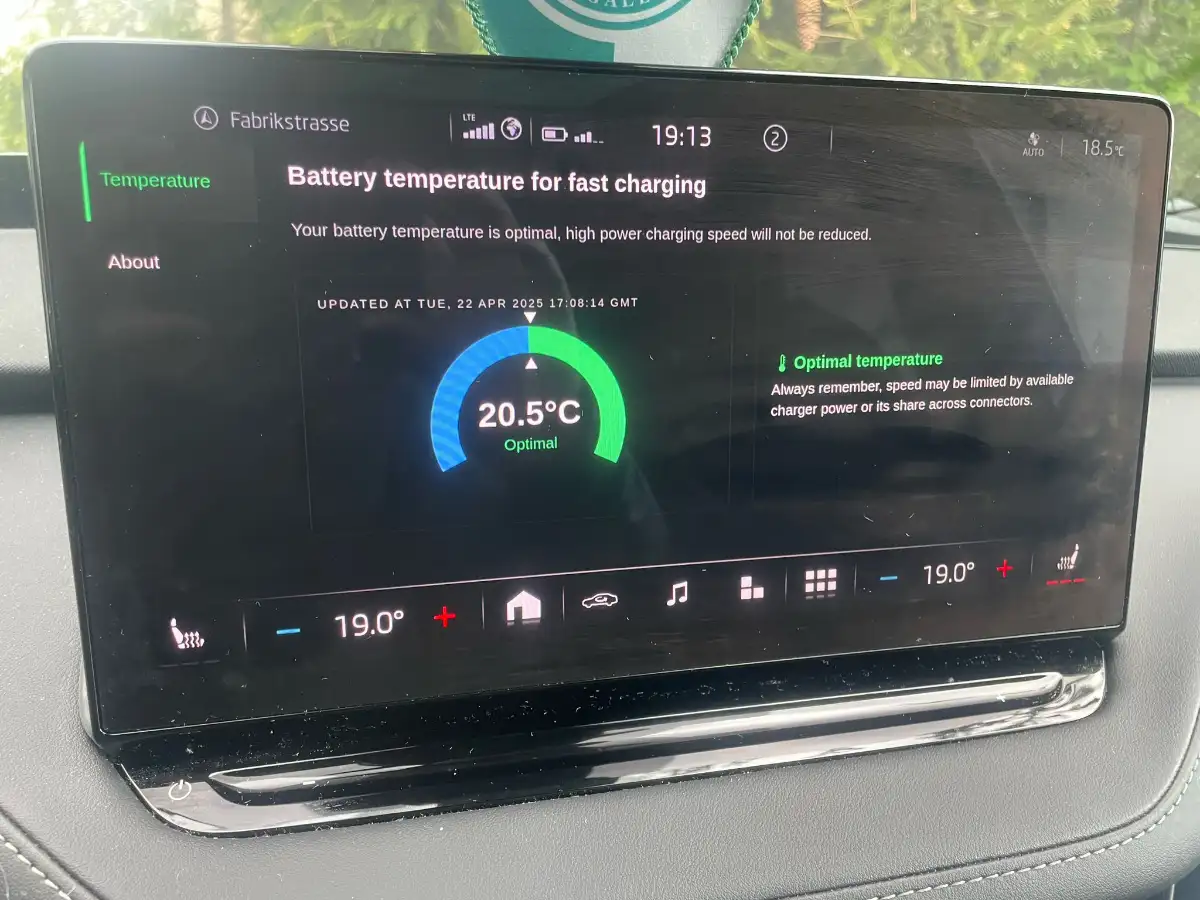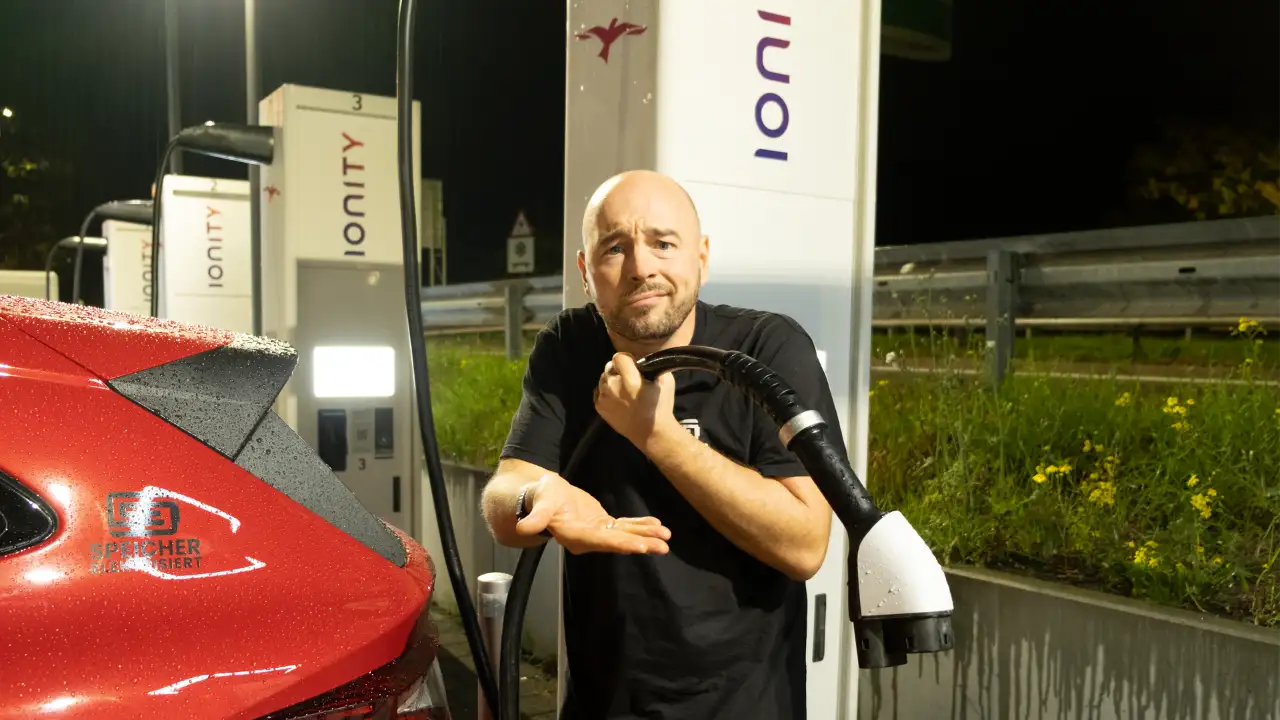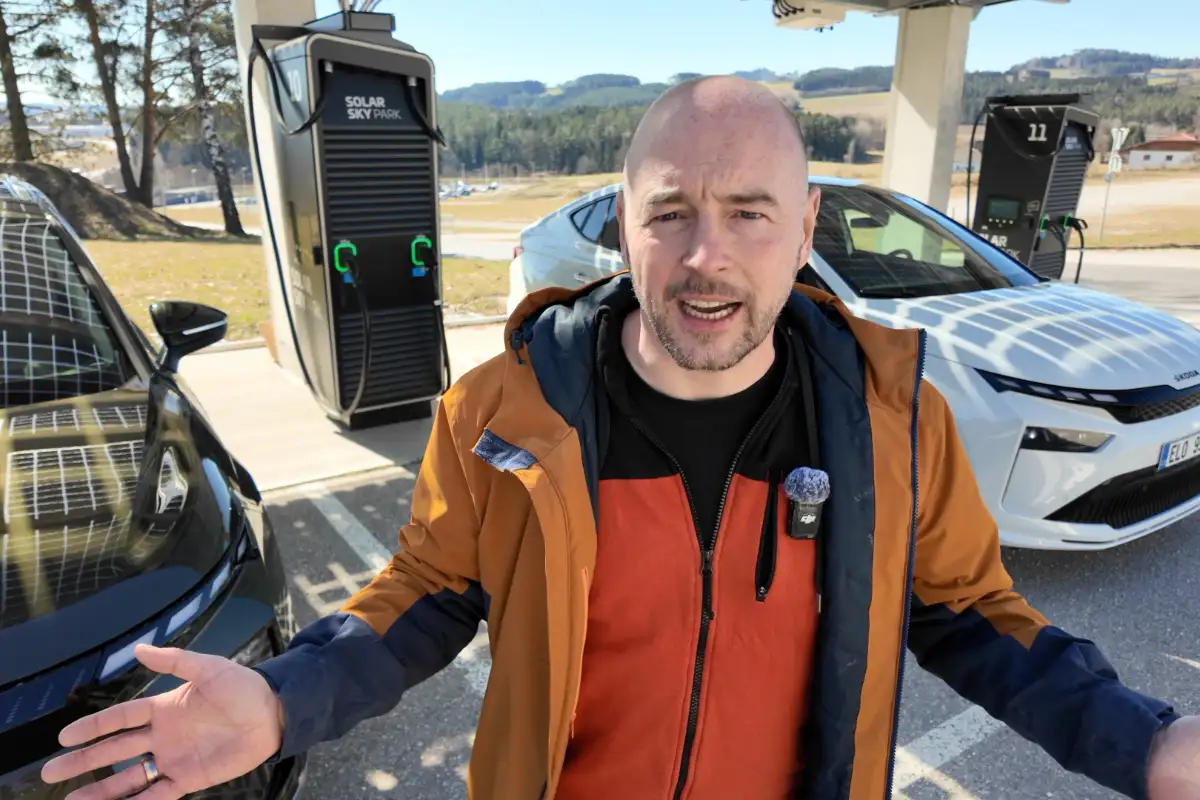Every EV driver knows the feeling: concern over battery health and the fear of losing capacity over time.
There’s a lot of information out there – some helpful, some exaggerated. In this article, we’ll clear things up and answer key questions:
- How can you charge your ENYAQ or ELROQ in a way that preserves battery health?
- Is fast charging really harmful?
- Which charging habits affect long-term battery life?
Basics: Why Does a Battery Degrade?
EV batteries lose capacity over time – this is called degradation. There are two main types:
- Calendar degradation – occurs over time, even with little use
- Cycle degradation – happens through charging and discharging
Both play a role in the long-term health of your battery.
Key Tips for Battery-Friendly Charging with ENYAQ and ELROQ
Note: Both the ENYAQ and ELROQ use NMC batteries, so the following tips apply to this chemistry.
Skoda does not use LFP batteries as of April 2025 – those follow different rules.
Smaller Charging Windows Are Better Than Large Ones
It’s easier on the battery to charge more frequently in small amounts (e.g., from 50 to 70%) than to run it nearly empty and then charge fully (e.g., from 10 to 100%).
Why?
- Large charge swings expand and contract the cathode structure more, leading to micro-cracks
- These cracks cause deposits that reduce capacity
- Frequent partial charging significantly reduces this stress
Avoid Charging to 100% Unless Necessary
An 80% target is more than enough for everyday driving.
Only charge to 100% when you truly need the range.
Why?
- High voltage puts the battery under stress and speeds up chemical aging
- Above 80%, degradation increases more rapidly
- 100% charging is fine occasionally, but not daily
Good to know:
- Skoda’s battery management system (BMS) already protects the battery internally
- When the app or screen shows 100%, the actual charge is only around 96% of gross capacity
Don’t Let It Sit at 100% – Especially in the Heat
The worst-case scenario for an NMC battery is being left at full charge in high temperatures.
So:
- If you need to charge to 100%, try to drive soon afterward
- A few hours of standing is fine – just don’t leave it parked in the sun for days at full charge
Fast Charging – Is It Really Harmful?
You often hear that DC fast charging is bad for the battery – but that’s only partly true.
Modern battery systems, like those in the ENYAQ and ELROQ, dynamically adjust charging power based on temperature and SoC.
When done properly, fast charging is safe and efficient.
What is harmful?
- Fast charging a cold battery → risk of lithium plating (which reduces battery life)
- Frequently charging above 80% at high speed → causes more mechanical stress on the cells
Best practice for DC fast charging:
- Preheat the battery (via route planner or by driving)
- Arrive at the charger with a low state of charge (e.g. under 10%)
- Charge only to 80% when possible
Why 100% Charging Is Still Occasionally Important
The BMS estimates SoC and range more accurately if the battery is fully cycled from under 10% to 100% once in a while.
This should be done 1–2 times a year.
Also important: cell balancing. The battery has over 200 cells, and their states can drift over time.
Passive balancing only happens at 90–100% SoC, and only if the vehicle remains stationary for at least 1–3 hoursafterward.
Recommendation:
- In daily use, charge to a maximum of 80%, unless you need more range
- Every 30–40 charging cycles, charge to 100% and let the car sit for a short time
- But: don’t leave it at 100% for long periods – drive off soon if possible
This helps keep your battery healthy, accurate, and long-lasting.
And the Most Important Thing
Even if your charging habits aren’t perfect – your ENYAQ will still have a very long life.
Don’t stress over every detail, but stay informed and make smart choices when you can.





